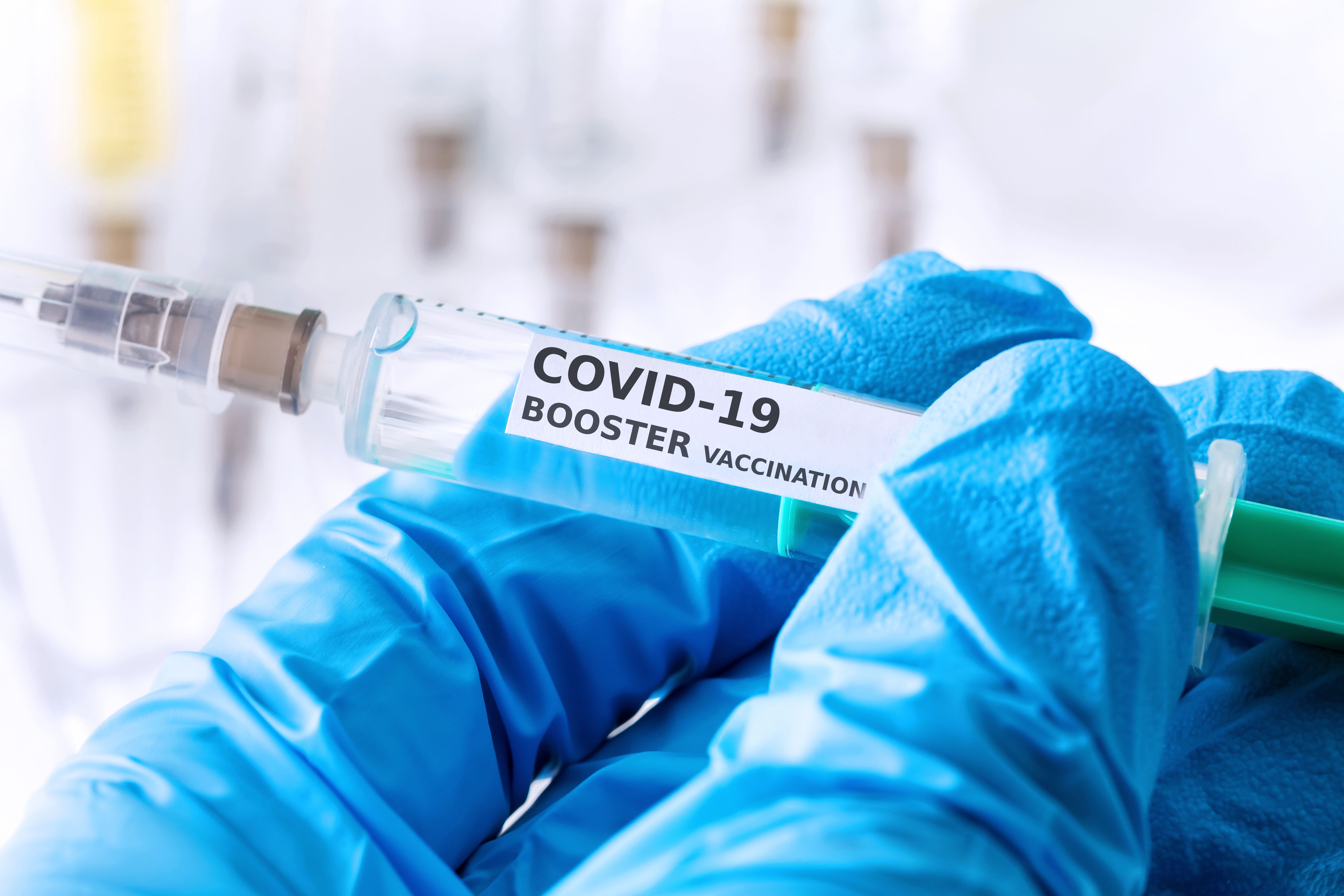The Best Time to Get a Booster to Prevent COVID-19 Reinfection, Breakthrough Infection
Predicted time to breakthrough infection after mRNA vaccination was significantly longer than the time to breakthrough infection after natural infection or after viral vector vaccination.

To combat the natural waning of COVID-19 vaccines, booster shots were approved to boost efficacy and protection. However, considering Omicron and its highly contagious subvariants, how often should we be getting boosted?
A new study, published in Proceedings of the National Academy of Sciences, was the first to quantify the likelihood of COVID-19 infection after natural infection or vaccination. The study analyzed the Moderna, Pfizer-BioNTech, Johnson & Johnson, and Oxford-AstraZeneca COVID-19 vaccines.
“The mRNA vaccines produce the highest levels of antibody response and in our analysis confer more durable protection than other vaccines or exposures,” explained Jeffrey Townsend, PhD, the lead author of the study and Elihu Professor of Biostatistics at Yale School of Public Health. “However, it is important to remember that natural immunity and vaccination are not mutually exclusive. Many people will have partial immunity from multiple sources, so understanding the relative durability is key to deciding when to provide a boost to your immune system.”
Townsend and his research team utilized comparative evolutionary analyses to estimate the durability of immunity and the likelihood of a breakthrough infection over time after COVID-19 vaccination. They compared anti-Spike (S) immunoglobin G (IgG) antibody levels produced by vaccines to those elicited by natural infection.
The investigators calculated the expected waning of vaccine efficacy and corresponding infection probability, given the time to breakthrough infection for each vaccine under endemic conditions.
At their peak, the antibody levels generated by the Pfizer-BioNTech and Moderna messenger RNA (mRNA) vaccines (median 29.6 mo; 5 to 95% quantiles 10.9 mo to 7.9 y) exceeded those elicited by natural infection (median 21.5 mo; 5 to 95% quantiles 3.5 mo to 7.1 y). Comparatively, the Johnson & Johnson and AstraZeneca viral vector vaccines displayed similar peak anti-S IgG antibody responses to that of natural infection, and are expected to have lower, shorter-term protection against breakthrough infection.
The predicted time to breakthrough infection after mRNA vaccination was significantly longer than the time to breakthrough infection after natural infection or after viral vector vaccination.
The investigators noted that these findings should advise the timing of booster doses. “To allow no more than a 5% probability of future infection as a consequence of waning immunity,” they wrote, “vaccination of those whose only exposure was a natural infection should occur within 5 months.” Similarly, they recommended booster doses after 4.5 months for Johnson & Johnson recipients, and after 5 months for AstraZeneca recipients. Those fully mRNA-vaccinated with Moderna or Pfizer-BioNTech should be boosted within a year.
Of course, children, elderly, and immunocompromised individuals may have different boosting requirements. Additionally, the emergence of new highly infectious variants, such as Omicron BA.5, can evade even recent natural infection and boosting. Omicron has demonstrated that vaccines designed using early virus strains are less effective at neutralizing new variants.
“SARS-CoV-2 mirrors other endemic coronaviruses that also evolve and reinfect us despite natural immunity to earlier strains,” Townsend said. “Continual updating of our vaccinations and booster shots is critical to our fight against SARS-CoV-2.”
